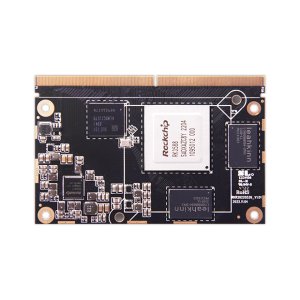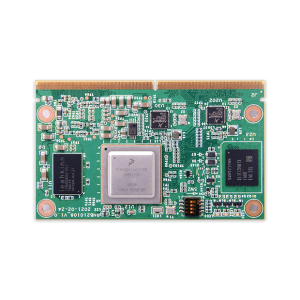How System on Module (SoM) Revolutionizes IoT Development
How System on Module (SoM) Revolutionizes IoT Development
Blog Article
Side research has emerged as a revolutionary tendency in the computer industry, enabling faster information processing and paid down latency by taking computational energy closer to wherever information is created. An integral development encouraging that change is the rise of system on module design which are lightweight, effective, and functional computing devices made to incorporate effortlessly into tailored electronics systems.

The Role of Pc on Adventures in Side Computing
Pc on Modules have become crucial in side research because of the power to improve electronics style while sustaining effective running capabilities. Based on a current record by MarketsandMarkets, the global side processing industry is estimated to grow from $40.84 billion in 2021 to $132.11 thousand by 2026, with COMs playing a significant position in this expansion.
These segments are particularly impactful in industries requiring real-time knowledge analysis at the edge. For example, the transportation industry utilizes COMs in autonomous cars for real-time decision-making, while wise towns release them to manage systems like traffic movement and energy distribution.
Small and Flexible Design
One of many standout faculties of Computer on Modules is their compact and modular design. This permits designers to combine high-performance research energy in to side devices without the need for intensive equipment redesign. A review by IoT Analytics found that 68% of organizations employing IoT solutions consider modular electronics like COMs critical for rapid implementation and scalability.
COMs also support tailor-made adjustments, creating them suitable for a wide selection of purposes, from professional automation to healthcare. Their ability to adjust to unique needs is a driving power behind their adoption in edge computing systems.
Energy Efficiency and Efficiency
Side processing units frequently work in conditions with limited power resources. COMs address that concern by providing improved power effectiveness without limiting on computational strength. A examine by Allied Market Study outlined that energy-efficient side computing solutions are predicted to take over the sector through 2030, placing COMs as a crucial part for reaching this goal.
Also, with breakthroughs in processors and integrated graphics, COMs today deliver the performance needed for AI-driven programs at the edge. This not just promotes real-time features but additionally reduces dependence on centralized cloud systems.
Why the Future Belongs to COMs
With international information era estimated to reach 175 zettabytes by 2025, side processing is set to be integrated than ever. Pc on Modules provide an adaptable, energy-efficient, and scalable alternative for control this influx of data. Their relevance across varied areas like healthcare, manufacturing, and telecommunications just underscores their essential role in surrounding the ongoing future of side computing.
COMs are no further only a technological trend; they are the backbone of next-generation edge systems driving invention and performance across the globe. Because the need for side research is growing, so may the importance and affect of COMs in that quickly developing landscape. Therefore, it's safe to express that Computer on Segments are here to stay and can keep on surrounding the continuing future of side computing.

Conclusion
Side research is transforming the way in which we method and use knowledge, with Pc on Adventures at the lead of the revolution. Their compact style, versatility, power effectiveness, and efficiency make sure they are a great answer for processing real-time information at the edge. As industries increasingly count on edge computing for his or her procedures, COMs may enjoy a crucial position in operating development and effectiveness in these systems. Report this page